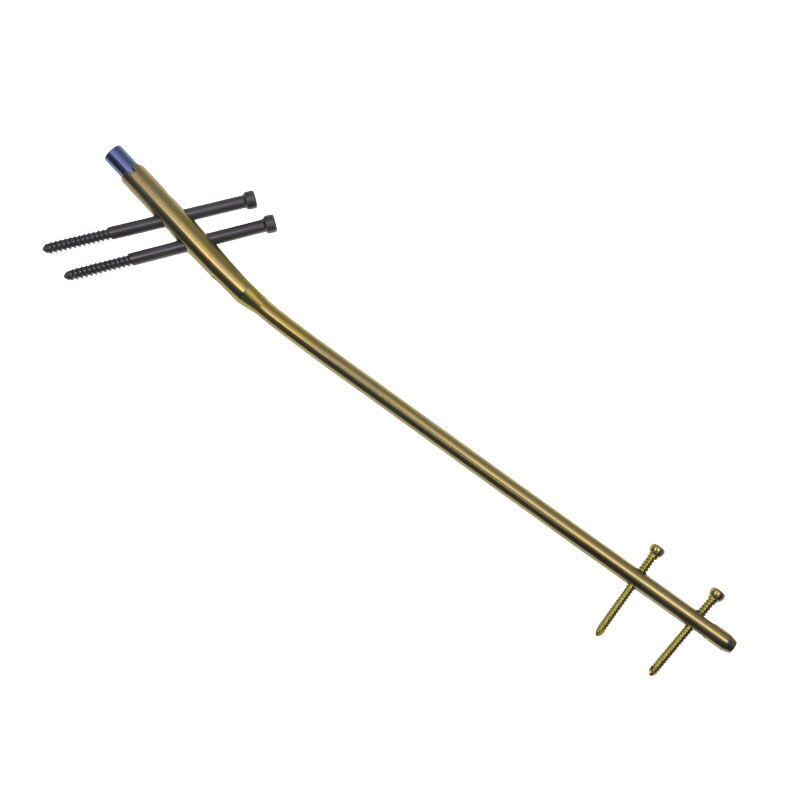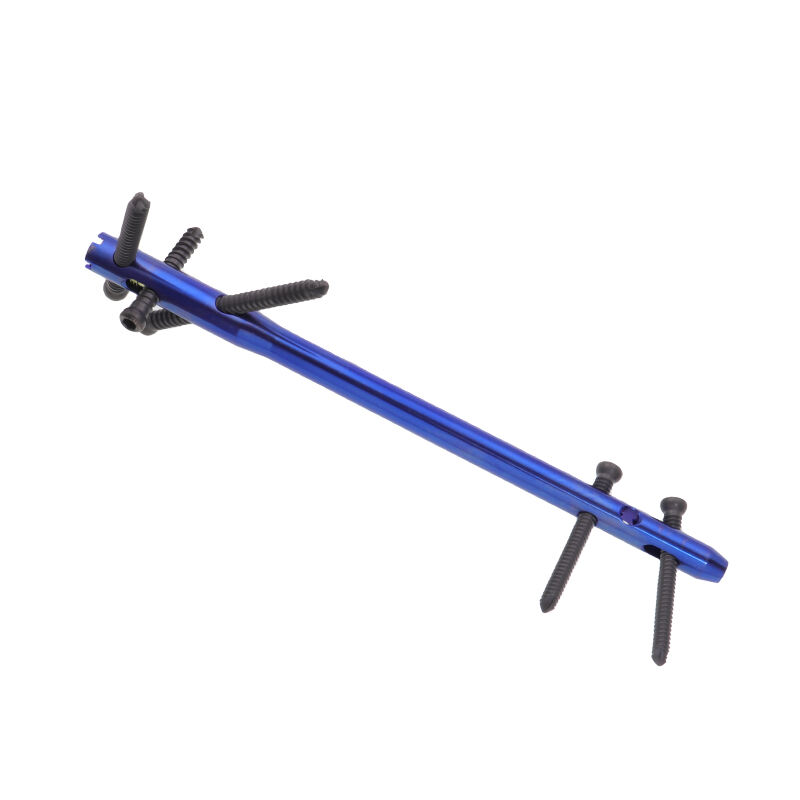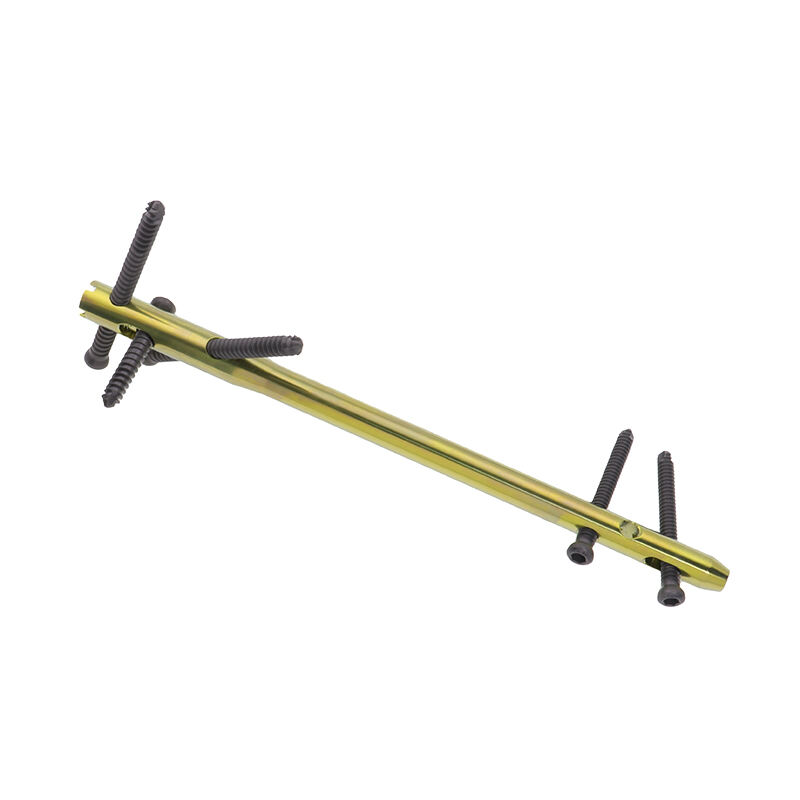reamed intramedullary nail
A reamed intramedullary nail represents a sophisticated orthopedic implant designed for treating long bone fractures, particularly in the femur and tibia. This surgical device consists of a metal rod inserted into the medullary cavity of long bones after reaming, providing exceptional stability and support during the healing process. The reaming process involves enlarging the medullary canal using specialized tools, creating an optimal fit for the nail while stimulating biological healing responses. The nail's design incorporates various locking options at both proximal and distal ends, enabling surgeons to address different fracture patterns effectively. Modern reamed intramedullary nails feature advanced materials, typically titanium or stainless steel alloys, offering superior strength-to-weight ratios and biocompatibility. The device's cannulated design facilitates accurate placement over a guide wire, while its anatomical curvature matches the natural bone anatomy. This implant system includes comprehensive instrumentation for precise insertion and locking, ensuring optimal fracture reduction and stability. The technology behind reamed intramedullary nails continues to evolve, incorporating features like multiple locking options, compression capabilities, and specialized surface treatments to enhance bone healing.


